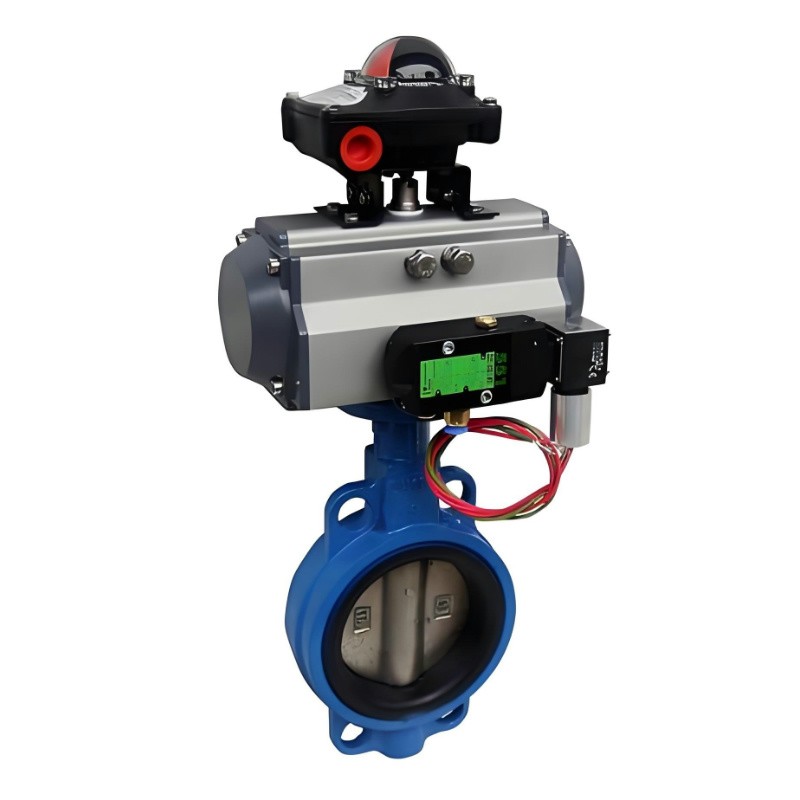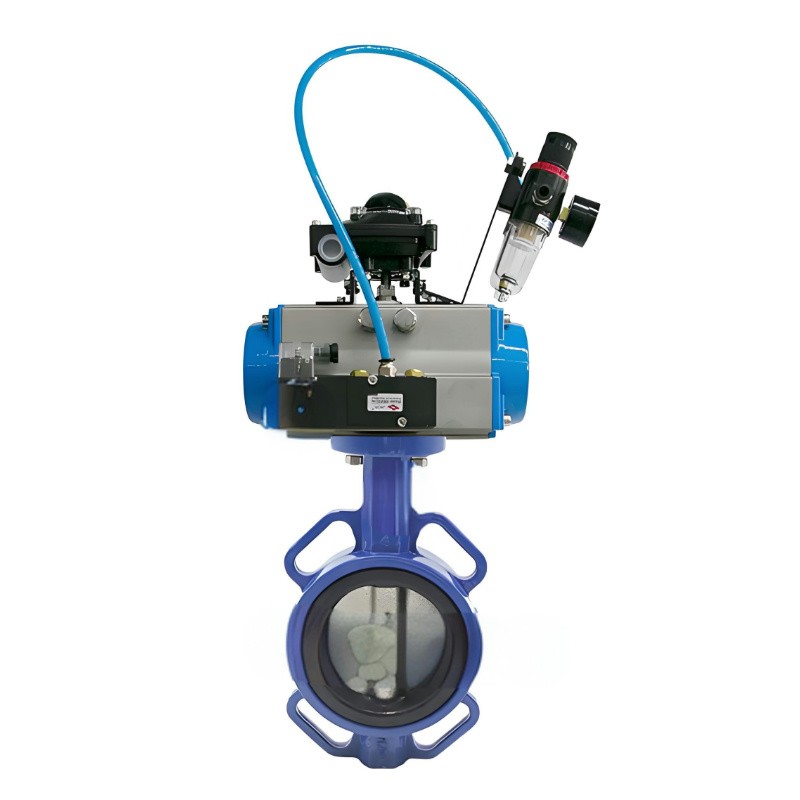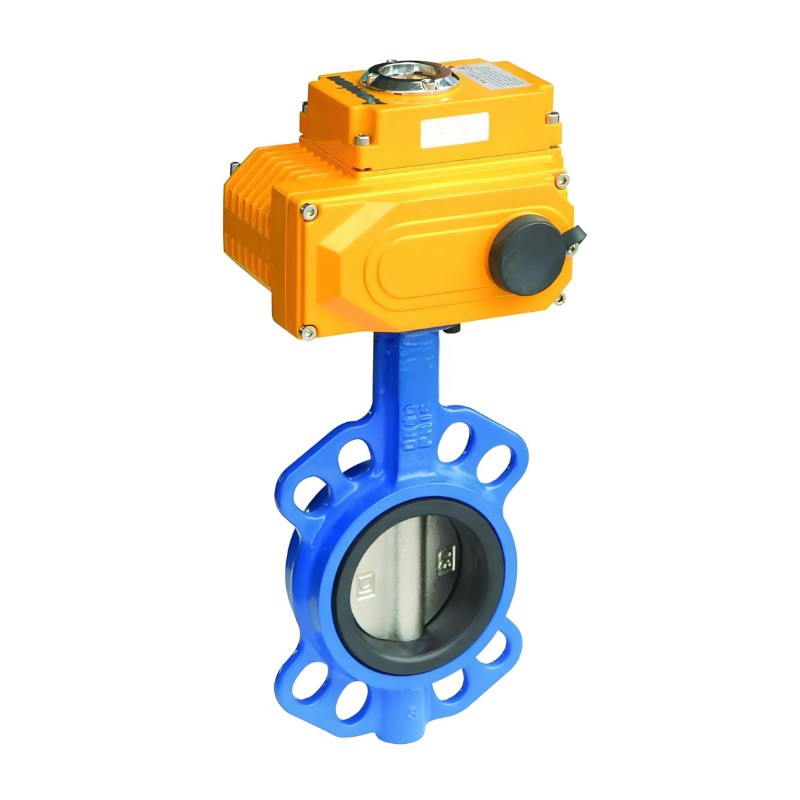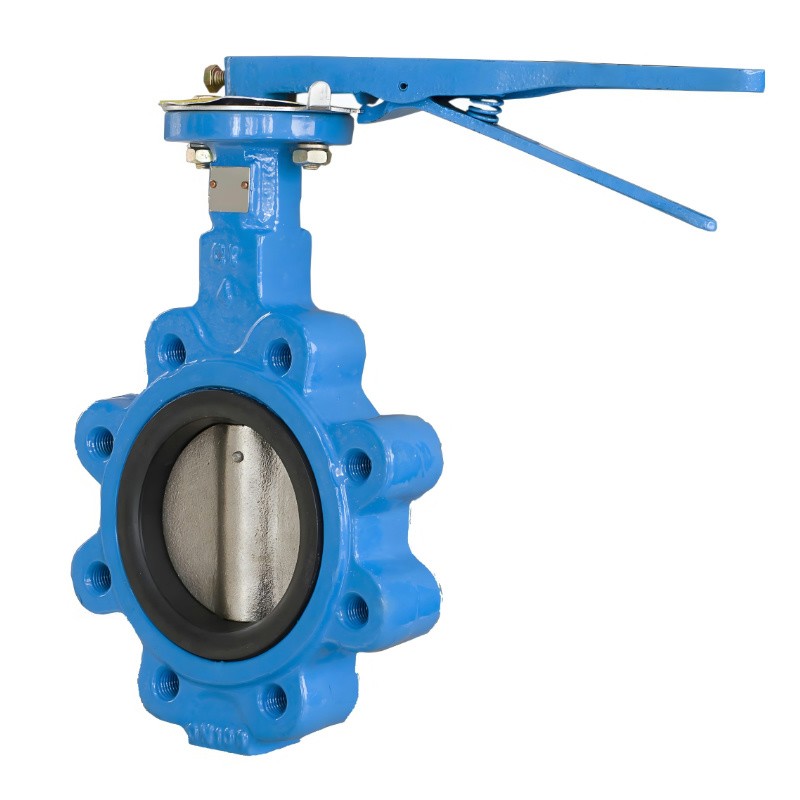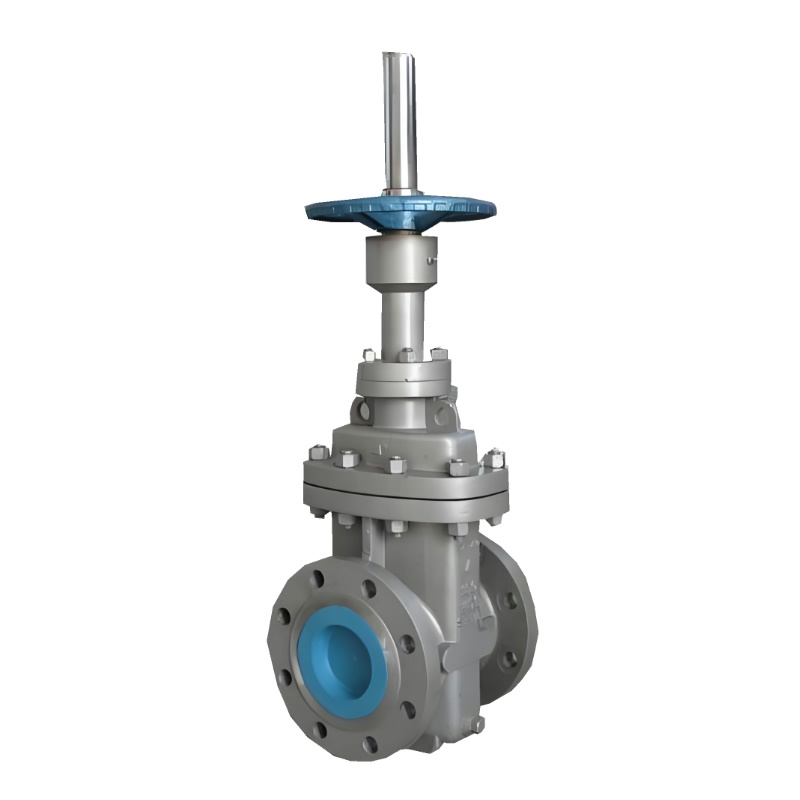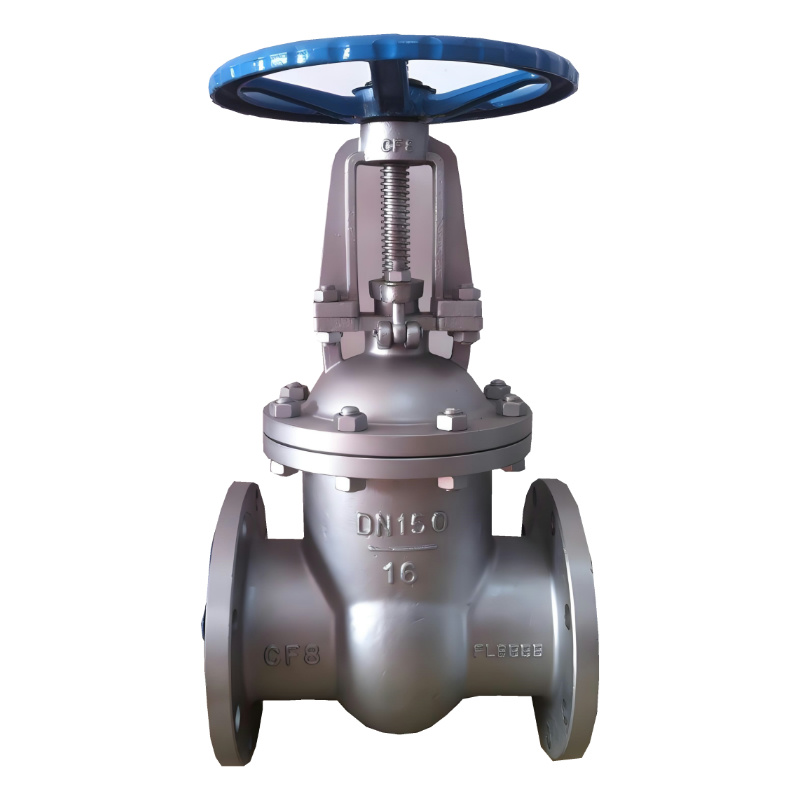Soft Seal Butterfly Valve
Introduction
This article contains all the information you need to know about Soft Seal Butterfly Valve
Specification
Actuators
Types
Application
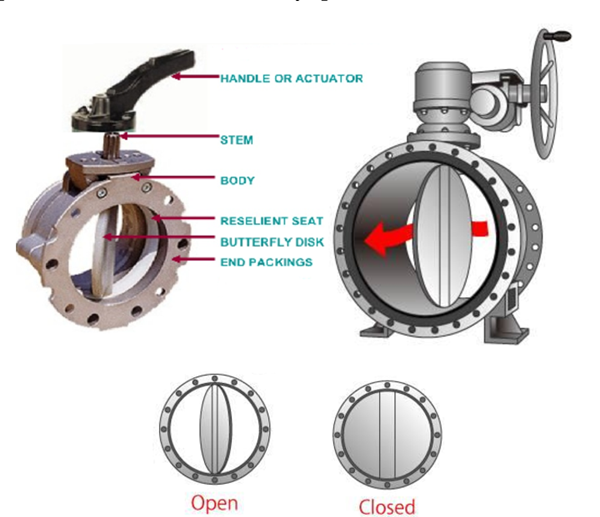
Chapter 1 - Soft Seal Butterfly Valve Specification
Here's a typical specification for a soft seal butterfly valve:
Body Material
Typically constructed from cast iron, ductile iron, carbon steel, stainless steel, or other suitable materials for the intended application. Common materials include ASTM A216 WCB, ASTM A351 CF8M, ASTM A352 LCB, ASTM A217 WC6, etc.
Disk Material:
The disc may be made of the same material as the body or may have a different material for corrosion resistance or other specific requirements. Common disc materials include stainless steel, duplex stainless steel, nickel alloy, and others.
Seat Material:
Soft seal butterfly valves have a seat made of resilient materials such as EPDM (ethylene propylene diene monomer), NBR (nitrile butadiene rubber), Viton, PTFE (polytetrafluoroethylene), or other elastomers. The seat material is selected based on compatibility with the fluid, temperature range, and pressure rating.
Valve Size
Available in various sizes typically ranging from 2" to 48" (larger sizes may be available upon request).
Pressure Rating
The pressure-temperature rating of the valve should be specified to ensure it meets the requirements of the intended application.
Temperature Range
Suitable for operating temperatures ranging from -29°C to 200°C (-20°F to 392°F) or higher, depending on the seat and elastomer materials selected.
Connection
Flanged, wafer, lug, or double-flanged ends, conforming to relevant standards such as ASME B16.5, ASME B16.47 Series A or Series B, API 609, EN 1092, or others.
Design Standards:
The valve design should comply with industry standards such as API 609, MSS SP-68, or AWWA C504 for construction, design, and testing requirements specific to butterfly valves.
Compliance:
The valve should comply with relevant industry standards and regulations such as ASME, ANSI, API, ASTM, MSS-SP, and others, depending on the application and location.
Chapter 2 - Soft Seal Butterfly Valve Actuators
Soft seal butterfly valves can be operated manually, but in many industrial applications, actuators are preferred for remote operation, automation, and precise control. Here are some common types of actuators used with soft seal butterfly valves:

Electric Actuators:
Electric actuators use an electric motor to operate the valve. They offer precise control over valve positioning and can be easily integrated into control systems. Electric actuators are suitable for applications where remote operation, automation, and precise positioning are required. They are often used in industries such as water treatment, HVAC, and process automation.
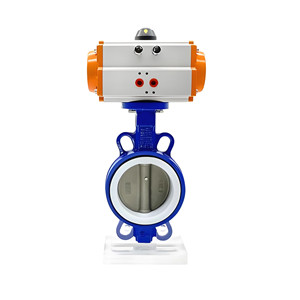
Pneumatic Actuators:
Pneumatic actuators use compressed air to operate the valve. They provide fast and reliable valve actuation, making them suitable for applications where quick response times are necessary. Pneumatic actuators are commonly used in industries such as petrochemicals, oil and gas, and power generation, where robust and efficient valve control is essential.
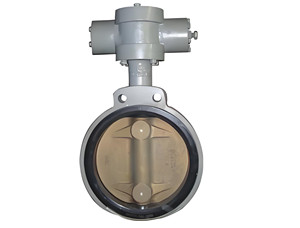
Hydraulic Actuators:
Hydraulic actuators use hydraulic fluid to operate the valve. They offer high force output and precise control over valve movement, making them suitable for high-pressure and high-torque applications. Hydraulic actuators are commonly used in industries such as marine, offshore, and heavy machinery, where reliable and powerful valve actuation is required.
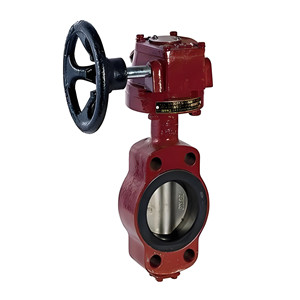
Manual Actuators:
Some actuators, regardless of their primary power source, may feature a manual override capability. This allows for manual operation of the valve in case of power loss or during maintenance activities. Manual override can be essential for ensuring system functionality and safety in critical applications.
Chapter 3 - Soft Seal Butterfly ValveTypes
Soft seal butterfly valves come in various types, each designed to meet specific application requirements and conditions. Here are some common types of soft seal butterfly valves:
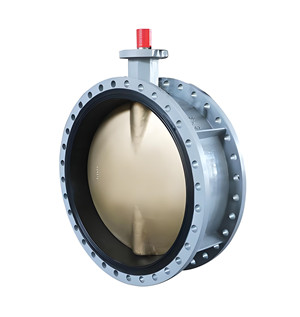
Concentric Butterfly Valve:
This type of butterfly valve features a disc with its centerline aligned with the centerline of the valve body bore. The soft seal (typically made of elastomer or resilient material) is mounted on the perimeter of the disc, ensuring a tight seal against the valve seat. Concentric butterfly valves are suitable for a wide range of applications, including water, wastewater, HVAC, and general industrial use.
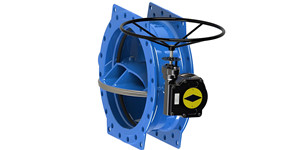
Eccentric Butterfly Valve:
In eccentric butterfly valves, the disc's centerline is offset from the valve body's centerline. This design reduces friction between the disc and seat, minimizing wear and extending valve life. Eccentric butterfly valves are particularly suitable for applications involving slurries, abrasive media, or high-pressure services.
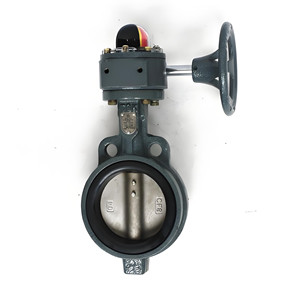
Double Offset Butterfly Valve:
Double offset butterfly valves feature two offsets: one offset from the centerline of the valve body and another offset from the centerline of the disc. This design reduces friction and wear, resulting in improved sealing performance and longer service life. Double offset butterfly valves are commonly used in high-pressure, high-temperature, and critical applications such as oil and gas, refining, and power generation.
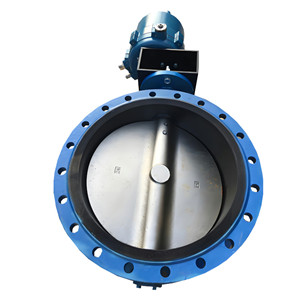
Triple Offset Butterfly Valve:
Triple offset butterfly valves have three offsets: one from the centerline of the valve body, one from the centerline of the disc, and one from the centerline of the seat. This advanced design minimizes friction and achieves bubble-tight shut-off even in high-temperature and high-pressure applications. Triple offset butterfly valves are widely used in industries such as oil and gas, petrochemicals, and chemical processing.

Rubber Lined Butterfly Valve:
Rubber lined butterfly valves feature a rubber or elastomer lining on the valve body and disc, providing excellent sealing performance and corrosion resistance. These valves are suitable for handling corrosive fluids, slurries, and abrasive media in industries such as chemical processing, mining, and wastewater treatment.

PTFE Lined Butterfly Valve:
PTFE (polytetrafluoroethylene) lined butterfly valves have a PTFE lining on the valve body and disc, offering superior chemical resistance and temperature performance. These valves are commonly used in chemical processing, pharmaceutical, and food processing industries where aggressive chemicals or high-purity requirements are present.
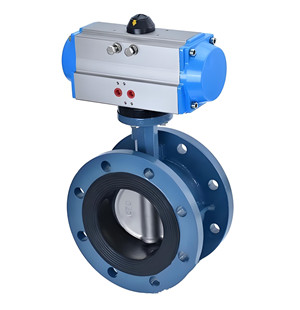
High-Performance Butterfly Valve:
High-performance butterfly valves are designed to handle higher pressures, temperatures, and flow rates compared to standard butterfly valves. They feature robust construction, metal-to-metal sealing, and advanced design features for demanding applications in industries such as power generation, oil and gas, and refining.
Chapter 4 - Soft Seal Butterfly Valve Application
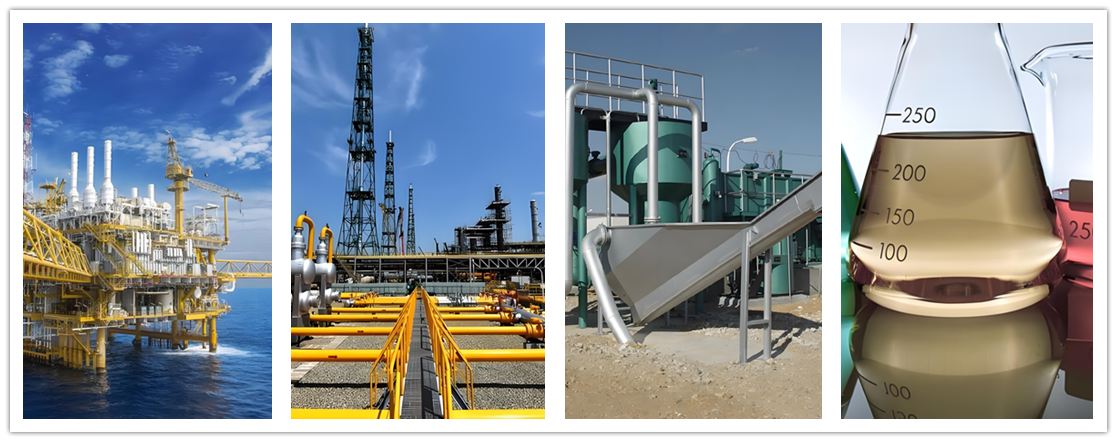
Soft seal butterfly valves are versatile components widely used across various industries for controlling the flow of fluids. Their ability to provide reliable sealing and moderate throttling makes them suitable for a wide range of applications. Here are some common applications of soft seal butterfly valves:
Water Treatment:
Soft seal butterfly valves are extensively used in water treatment plants for regulating the flow of water in pipelines, reservoirs, and treatment processes. They are employed in applications such as raw water intake, filtration, disinfection, and distribution systems. These valves provide reliable shut-off and control over the flow of potable water, wastewater, and process water.
HVAC Systems:
Soft seal butterfly valves play a crucial role in heating, ventilation, and air conditioning (HVAC) systems for controlling the flow of air, water, and refrigerants. They are installed in air handling units, cooling towers, chillers, and HVAC ductwork to regulate temperature, humidity, and airflow. Soft seal butterfly valves ensure efficient operation and energy savings in commercial and industrial HVAC systems.
Chemical Processing:
Soft seal butterfly valves are used in chemical processing plants for handling corrosive chemicals, acids, and solvents. They are employed in reactors, mixing vessels, storage tanks, and process pipelines to control the flow of fluids during production, blending, and transportation. Soft seal butterfly valves offer resistance to chemical corrosion and provide reliable sealing in harsh chemical environments.
Oil and Gas Industry:
Soft seal butterfly valves find application in the oil and gas industry for controlling the flow of crude oil, natural gas, and refined products. They are installed in pipelines, refineries, petrochemical plants, and offshore platforms for isolation, regulation, and diversion of process fluids. Soft seal butterfly valves offer reliable performance in high-pressure and high-temperature applications common in oil and gas operations.
Power Generation:
Soft seal butterfly valves are utilized in power plants for controlling the flow of steam, water, and other fluids in boiler feedwater systems, steam turbines, condensers, and cooling circuits. They play a critical role in power generation processes by ensuring efficient heat transfer, steam distribution, and cooling water flow. Soft seal butterfly valves offer tight shut-off and precise control in demanding power generation applications.
Mining and Minerals:
Soft seal butterfly valves are employed in mining and mineral processing operations for controlling the flow of slurries, tailings, and process fluids. They are used in pipelines, pumps, and processing equipment to regulate material flow during extraction, beneficiation, and transportation. Soft seal butterfly valves offer resistance to abrasion and provide reliable sealing in abrasive slurry applications.
Food and Beverage Industry:
Soft seal butterfly valves find application in the food and beverage industry for handling food-grade fluids such as water, juices, dairy products, and edible oils. They are used in processing, bottling, and packaging operations to control the flow of ingredients and finished products. Soft seal butterfly valves offer hygienic design, compliance with food safety standards, and easy cleanability for sanitary applications.
Pulp and Paper Manufacturing:
Soft seal butterfly valves are used in pulp and paper mills for controlling the flow of pulp slurry, chemicals, and process water. They are installed in pulp digesters, paper machines, and wastewater treatment systems to regulate fluid flow and maintain process efficiency. Soft seal butterfly valves offer resistance to abrasion, chemicals, and pulp consistency variations common in pulp and paper processing.


